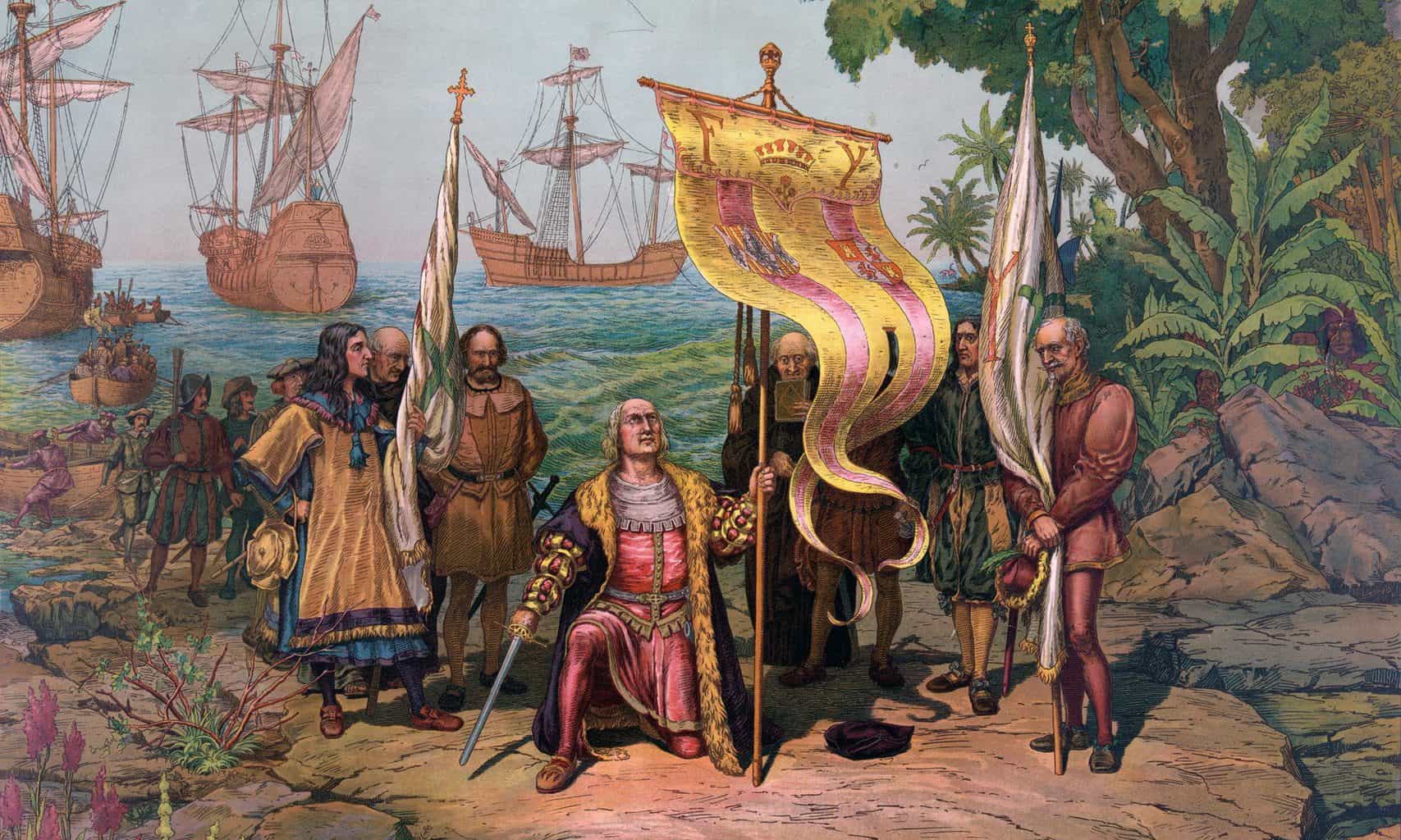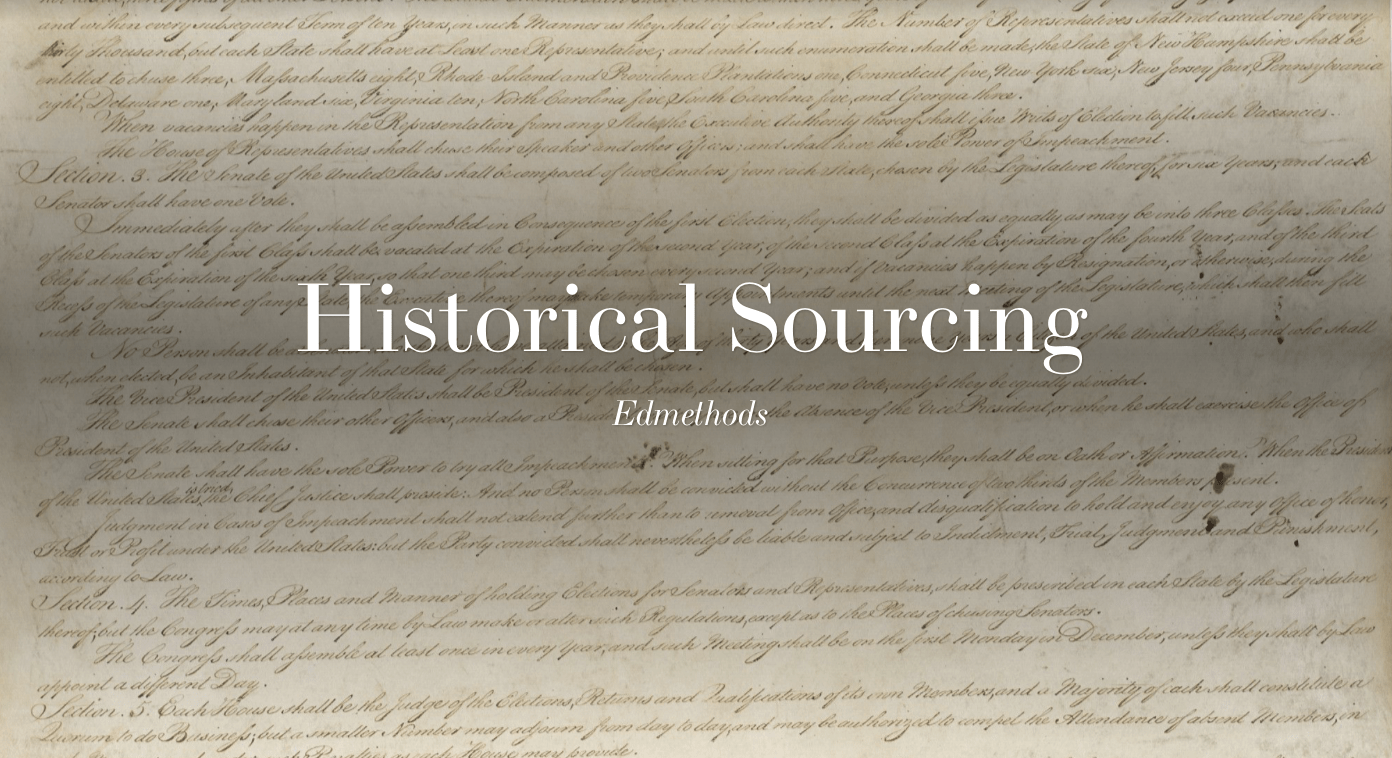Instructional goal: Use sourcing and contextualizing to analyze primary sources, to determine motivation/causation of an event and to provide evidence for a historical argument.
Intro: Write one sentence summarizing what you think motivated Columbus to set out on his voyage.
Access the following selections from Columbus’s journal: here
Access the following selections from Columbus’s letters: here and here
In reading groups, discuss and answer the following questions for each selection:
- When was this written?
- To whom was this written/who was the intended audience?
- What might have been Columbus’s purpose in writing this?
- [Extension: what information/context/perspective is missing?]
Then, individually, add evidence from these sources to at least two different sections of your graphic organizers on what motivated Columbus’s voyage. [Extension: add evidence to another section.]
As a class: discuss whether we need to revise/expand/add to any of our arguments about Columbus’s character. (Ongoing project, recorded on a graphic organizer and updated with each lesson.)
Exit slip: Add one of your pieces of evidence to the appropriate poster on Columbus’s motivations in a gallery walk.
Featured image credit: link







